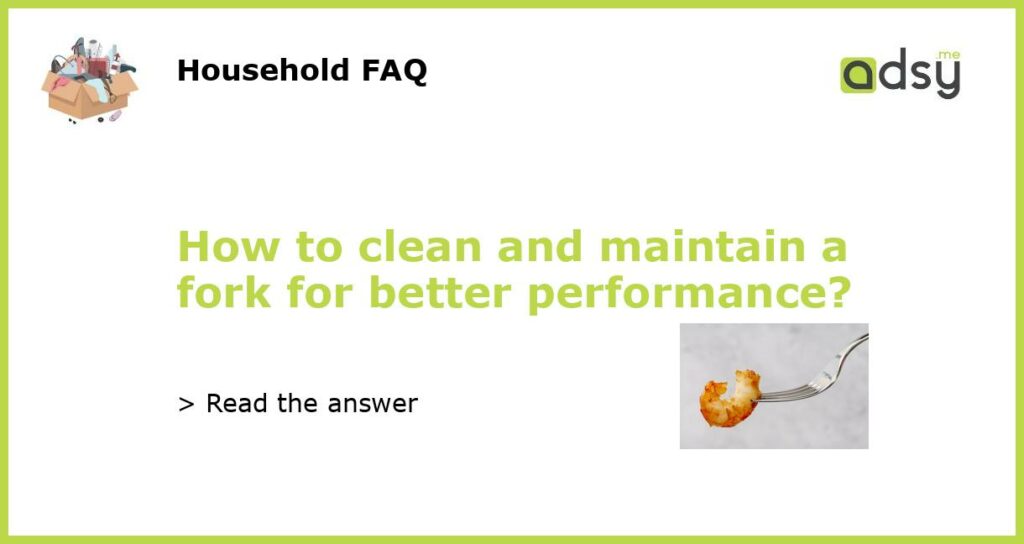Importance of Cleaning and Maintaining a Fork
When it comes to the performance of your fork, regular cleaning and maintenance play a crucial role. A clean and well-maintained fork not only improves its performance but also extends its lifespan. Neglecting this important step can lead to issues such as a stiff fork, decreased suspension action, and even premature wear on the internal components.
Cleaning Your Fork
The first step in maintaining your fork is cleaning it. Start by removing the front wheel and brake caliper. Use a soft brush to remove any dirt, grime, or mud from the fork stanchions, lowers, and seals. Pay close attention to the areas around the dust wiper seals as well. It’s recommended to use a specialized bike cleaning solution and avoid using high-pressure water directly on the fork to prevent damage to the seals and internals.
Inspecting and Replacing Seals
After cleaning the fork, it’s important to inspect the dust wiper seals for any signs of damage or wear. Damaged or worn seals can compromise the performance of the fork and allow dirt and debris to enter the internals. If you notice any signs of damage or wear, it’s recommended to replace the seals. Consult the manufacturer’s guidelines or visit a bike shop for the correct replacement seals for your specific fork model.
Lubricating the Fork
Proper lubrication is essential for a smooth and responsive fork. After cleaning and inspecting the seals, apply a small amount of fork suspension grease to the fork stanchions. This will help reduce friction and ensure smooth operation. Avoid using too much grease as it can attract dirt and debris, causing more harm than good. It’s also important to maintain the correct air pressure in air-sprung forks, as specified by the manufacturer, for optimal performance.
Regular Servicing and Professional Help
In addition to regular cleaning and maintenance, it’s important to schedule regular servicing for your fork. This involves a more in-depth inspection and maintenance by a professional bike mechanic. They will be able to check for any hidden issues, perform more advanced maintenance tasks such as bleeding the fork, and ensure everything is in proper working condition. Regular servicing can help identify and resolve potential problems before they become major issues, saving you both time and money in the long run.






